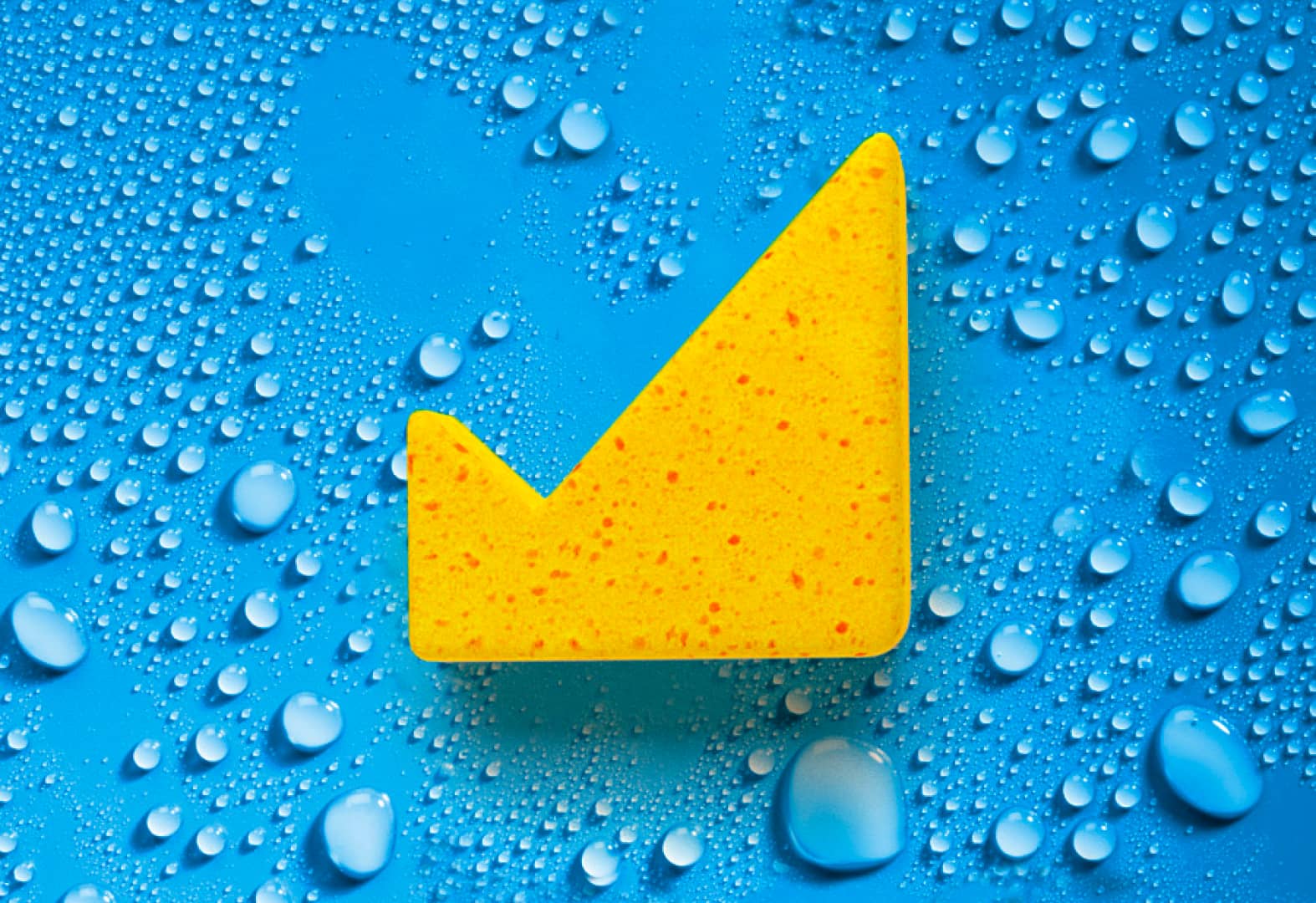Your demand generation machine is all set up and ready to go. You’ve invested in lots of lovely martech: you’ve got your marketing automation platform talking to your CRM talking to your intent-based advertising. You’ve sent DMs, run events, launched social media programmes.
Now you can sit back and wait for your crack multi-disciplinary team to progress the flood of leads through to opportunities.
Hang on. What’s that you say? You don’t have a dedicated multi-skilled team? You’re relying on a separate team of telemarketers or account development representatives to do everything?

The lonely film star
Imagine a film set where the leading actor is expected to write the script, direct the shots and operate the camera. This is what we’re asking of our inside sales colleagues if they are left to manage the last mile of demand generation alone.
By investing heavily in the operation to generate leads, and then skimping on the follow-up, companies are risking the growth of their business on the skills of a siloed team working from a call guide.
In praise of the ‘Inside Sales’ executive
I’m not here to disparage telephone-based sales and marketing people. This is one of the hardest jobs in B2B. But we’re asking these frontline marketers to excel not only at their own job, but at about five others: data, planning, creative, digital and project management. In my experience, even superstar inside sales specialists can’t manage the full process effectively on their own.
Play to their strengths
One example. On a phone call to a prospect, one of our inside sales specialists picked up a piece of insight that she believed could be relevant more broadly across the sector she was targeting. If this individual worked alone, the demands on her time would mean the story would likely end there.
As it was, she mentioned it to the planner who works alongside her. He looked for commonalities across the sector and refined the insight into a messaging hook. He spoke to the dedicated team copywriter who drafted a blog outline. The account director pitched the blog outline to the client’s VP of Sales, who loved it. The final blog was written and our social media manager posted it on the VP of Sales’ LinkedIn profile. The inside sales specialist, in her subsequent calls, could reference the specific point of view and direct people to the blog to support her conversations and generate more meetings.
One for all and all for one
If your set-up currently consists of an inside sales team operating in isolation I’d strongly urge you to build a dedicated support squad to maximise your upfront investment. In the meantime, here are three changes you can make in the short term:
-
Assign someone in your marketing team to review qualitative conversation notes. This person can pick up on insights and trends that might be useful in refining the messaging and approach
-
Ask your sales team colleagues for feedback from recent prospect meetings, reasons why the sale did or didn’t go well, how the contract is progressing. These insights are gold for your inside sales team’s future approach
-
Implement daily team huddles with your inside sales specialist and any other members of your marketing team who could support that individual, for instance by providing intent data and trends from the campaign reporting data to help focus activity
We know there’s an effectiveness gap in B2B. Marketers can generate leads and engagement, but converting that to long term business growth is much harder. Demand generation is a marathon, not a sprint: make sure you don’t lose in the last mile.





